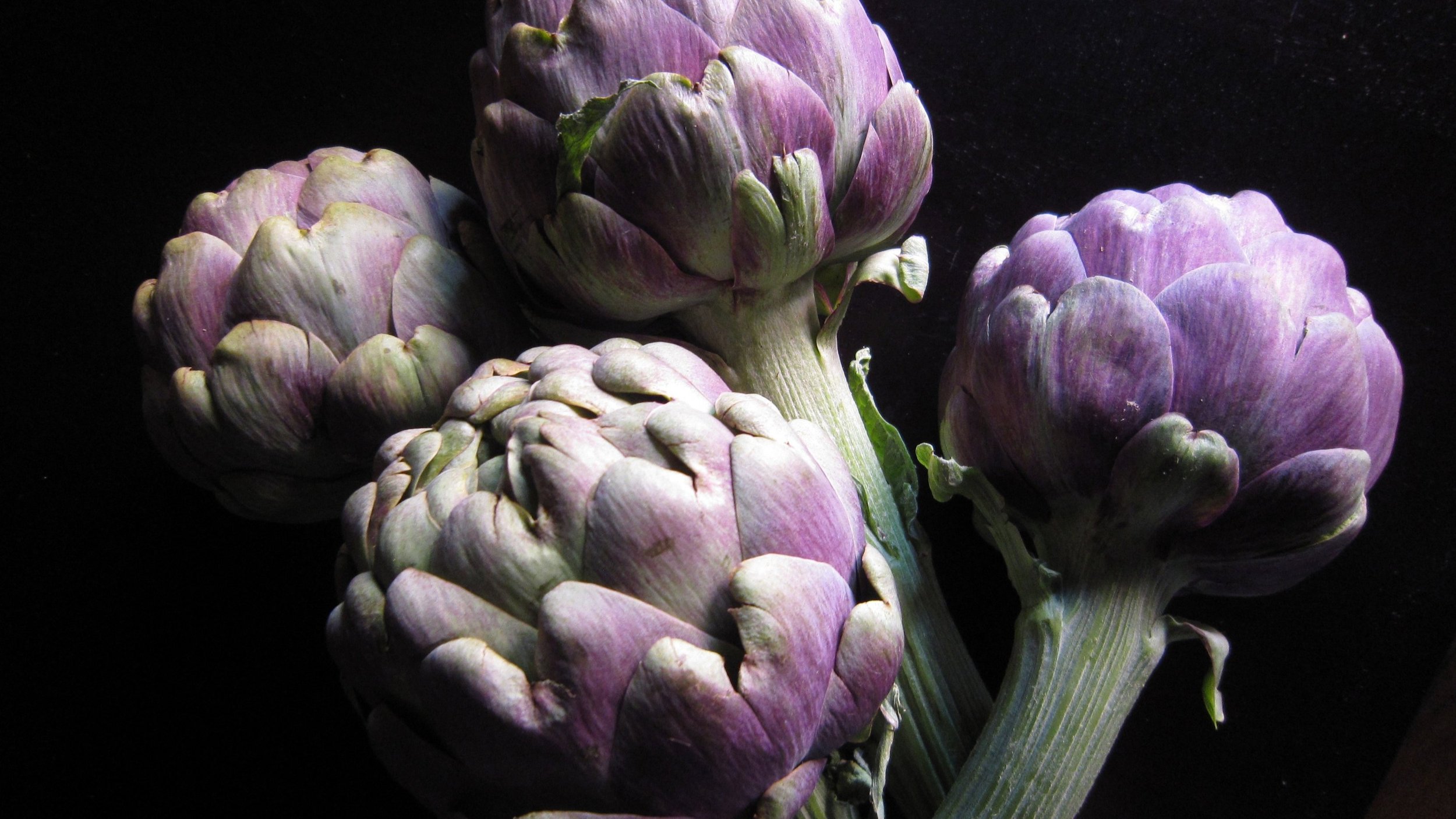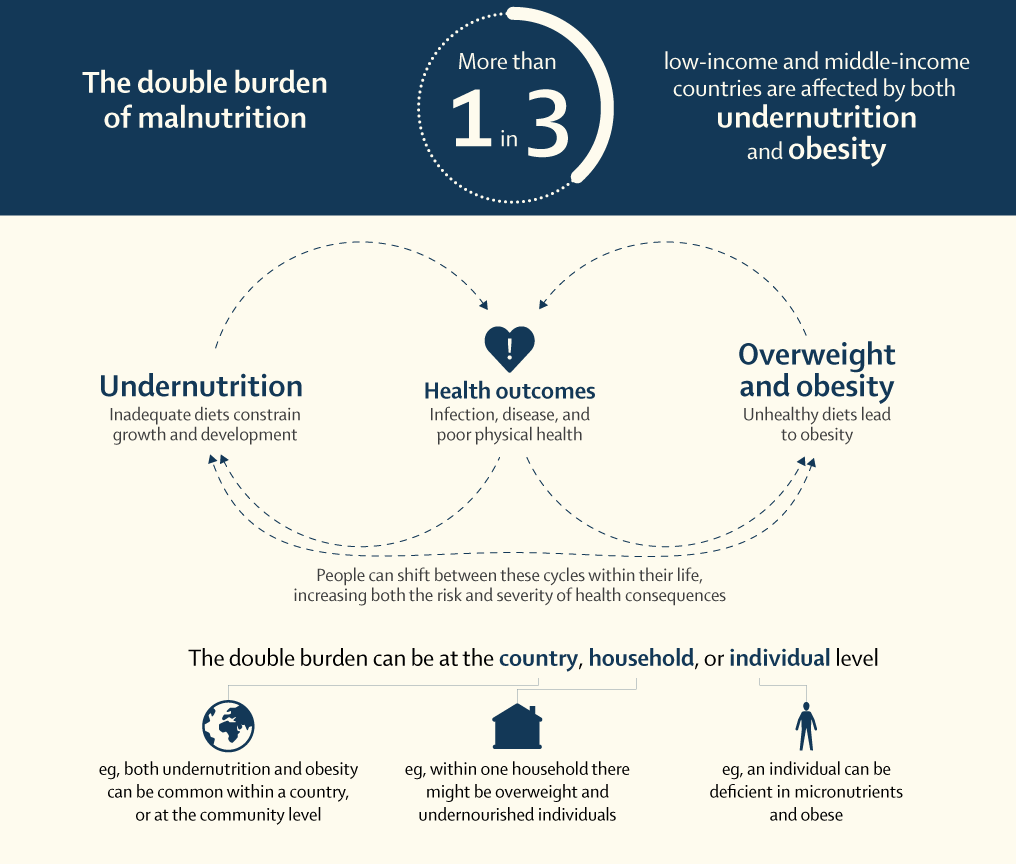This is a cross-posted blog and originally on Bloomberg Opinion. The original can be read here.
The continent has some unique strengths, but food insecurity is a special vulnerability.
“It is easy to see the beginnings of things and harder to see the ends,” Joan Didion wrote in “Goodbye to All That.” Her words resonate in the midst of the Covid-19 pandemic, when no one has a clue whether we’re at the beginning, in the middle or near the end. In sub-Saharan Africa, not knowing is especially worrisome because it’s difficult to tell whether the continent’s fragile food supply systems will weather the strain.
While the continent has made great strides toward economic security over the past several decades, Covid-19 could stymie that progress. Conditions vary greatly from country to country, but many struggles to ensure that their citizens have access to basic essentials: soap to clean hands, potable water and nutritious food to keep immune systems strong. Hunger and food insecurity have not gone away. Twenty-three percent of people in sub-Saharan Africa are undernourished. Because of the global economic fallout from Covid-19, the number of people worldwide facing acute food insecurity could nearly double this year to 265 million, the United Nations World Food Programme estimates, and much of that impact will be felt in Africa.
At the same time, obesity and noncommunicable diseases (heart disease and diabetes for example) are rising in many low-income countries, Africa included, and both are proving to be serious complications for people infected with Covid-19. Much of the continent is also still dealing with other complex infectious diseases – HIV/AIDS, tuberculosis, malaria, and other neglected tropical illnesses – that will make it more difficult to treat Covid-19 infections.
As it expands on the continent, Covid-19 will put further stress on already strained health systems – with limited numbers of ventilators and proper beds, minimal personal protective equipment, and, in some places, too few health care workers.
At the same time, food supply chains are starting to falter. Lockdowns in 30 African countries have made it very challenging for farmers to sell their goods in markets or for workers to get to fields. Food assistance is not always making it to those most in need. Many informal markets – the infamous wet or open-air markets, where most Africans shop for food – are closed, further imperiling food insecurity and threatening malnutrition. Reports from the Global Alliance for Improved Nutrition’s offices in Nigeria and Mozambique noted that prices of food, particularly the fruits and vegetables, have increased significantly.
In many African cities, social distancing and self-isolation are a recipe for disaster. Slums and informal settlements are overcrowded and lack basic services such as running water, cooking facilities, and electricity. And even if people infected with the coronavirus had safe places to isolate, some feel they must work to keep their families fed. Commutes to work often involve overfilled buses and long traffic jams – which increase the spread of disease.
With global unemployment rising, remittances worldwide are also are expected to fall – by 20%, or nearly $110 billion, according to the World Bank. In sub-Saharan Africa, they may drop by 23%. This will push more people to go to work, increasing their exposure.
To be sure, African countries have a few things working in their favor. For one, they have experience with massive infectious diseases – HIV/AIDS, Ebola, and polio, to name a few – and public health systems have been strengthened over the last decade. The Democratic Republic of the Congo has been hard hit by Ebola, but there are signs of progress with a declining case load in early 2020.
In the current crisis, African governments can take some early lessons from the rest of the world that has been grappling with the pandemic a month or two longer, and work to keep the food supply moving. The continent is still 60% rural, and many urban Africans have close ties to the countryside, owning land or family plots. With luck, lower population density in rural areas may slow the spread of Covid-19, allowing farmers to continue to grow food, that is if they can get access to seeds and the technologies needed to plant and harvest. Support to food producers is an absolute necessity to keep the continent food sufficient.
Sub-Saharan Africa is also fortunate to have a relatively young population, which may make it better able to weather outbreaks of Covid-19 with less hospitalization and death.
Still, it remains hard to see the end. Some people hypothesize, with little evidence, that Africa may not be hit as hard as other places because of its warm climate. Perhaps, they say, the spread will be slower in Africa, and that will buy extra time. Given how easily Covid-19 has spread in other warm places such as Singapore and Thailand, that’s not something to count on.
To ensure that Africa doesn’t starve and that it can weather the Covid-19 storm, it is essential to make sure people are guaranteed access to food, water, soap, masks, and cash transfers to support their families. The poorest and most vulnerable should be the priority. World governments with their donor partners, including the World Bank and the World Food Programme, will be counted on for support over the next four months. Businesses who make food products need support as well. We must all help make sure they come through.






